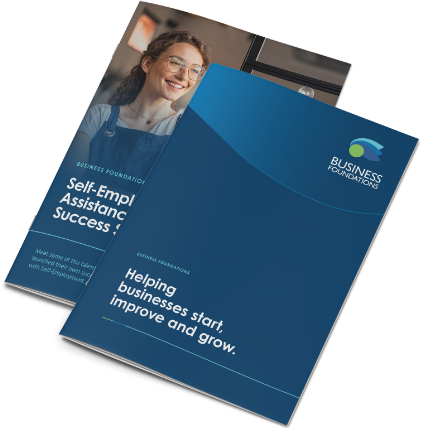Getting Your Message Heard Through Digital Marketing
August 14, 2020
With more businesses having to shift their trade online due to the recent COVID-19 outbreak, it is now more important than ever to re-assess your business’s digital marketing efforts. It is an essential skill to assist the growth of your business, but many business owners find digital marketing too complex or daunting to get their heads around.
Many small businesses engaging in digital marketing techniques are doing so using an unstructured approach and often post to digital channels as an afterthought. This approach is usually ineffective in making your business stand out from competitors and get your message heard.
Like many aspects of running a business, digital marketing must be regularly planned and reviewed. The planning stage should cover your business goals, the platforms you will use, your website and the types of content you would like to post.

Set The Goal For Your Digital Marketing
Every business should have a goal they would like to achieve through their digital marketing. If you’re looking to gain visibility, establish your business as experts in your field, or gain more customers and sales, this is the goal that influences your choices on which content to post or platform to use.
After your goal has been set, you must identify your customer base or target audience, to determine the ideal strategy that ensures they will hear your message.
Creating a plan that outlines what your business would like to achieve, the message it would like to convey, and the audience that you would like to hear it; can guide your business’ presence online.
Pick The Right Platforms For Your Business
Digital marketing occurs on social media, email, websites and apps. An important thing to consider, is which medium and platform is right for your business.
Facebook is a great social media platform for most businesses due to its large user base, however you may find better results on other platforms depending on your goals and desired audience. Instagram works well for businesses reliant on visuals, such as photographers or clothing retailers.
Alternatively, if your goal is to establish your business as experts in your field, text-based social media platforms such as LinkedIn or Twitter might be a better option. Ideally, the platform you choose should be centred around your goals and audience, as this makes it more likely that the right people are hearing your message.
Make Sure Your Website Is Up To Date
Your website is your main digital shopfront and can often be the first impression your business has on a customer. Even if e-commerce isn’t suitable for your business, your website still serves as an important information resource for customers.
Potential customers should be able to easily find your opening hours, business contact details, and what sets your business apart from competitors online.
Create Useful Content
Finding good content to upload on a regular basis is hard for all businesses. It is often best to plan content in advance, to allow for well-thought out and regular posts. All posts should use plain language, that allows for your message to be accessible to more people and reduces the likelihood that it is misinterpreted.
Most content should be accompanied by visuals which increases shareability, with videos often outperforming photos in terms of user reach. Free to use tools such as Canva or Animoto can help you easily develop graphics and videos to suit your business, without needing a graphic designer.
Creating useful and interesting content will catch the interest of more consumers and increase the reach of your message.
A structured and planned approach to digital marketing will help to ensure your business’ online activity is spreading your message effectively. Focusing on a clear goal and audience can help guide this strategy and lead your business to growth and success.
Acknowledgement Of Country
Business Foundations acknowledges the traditional custodians throughout Western Australia and their continuing connection to the land, waters and community. We pay our respects to all members of the Aboriginal communities and their cultures; and to Elders both past and present.
Victoria
The Commons
80 Market Street,
South Melbourne VIC 3205
admin@businessfoundations.com.au
Western Australia
Wesley Central
2 Cantonment Street,
Fremantle WA 6160
admin@businessfoundations.com.au


Get In Touch
Have a question or to find out how we can help you, please get in touch.






